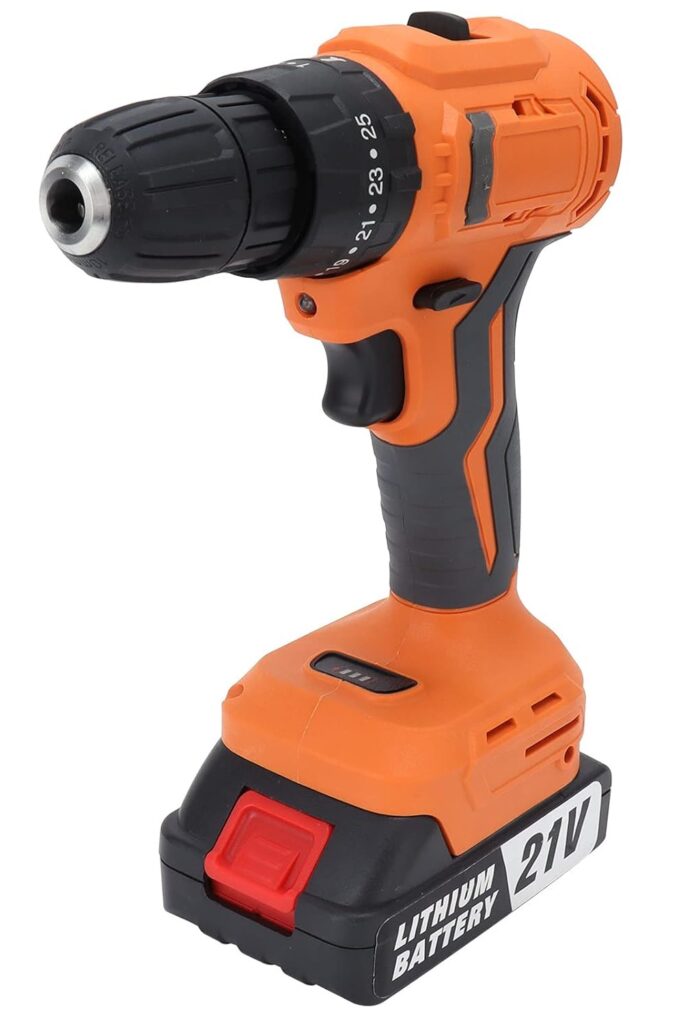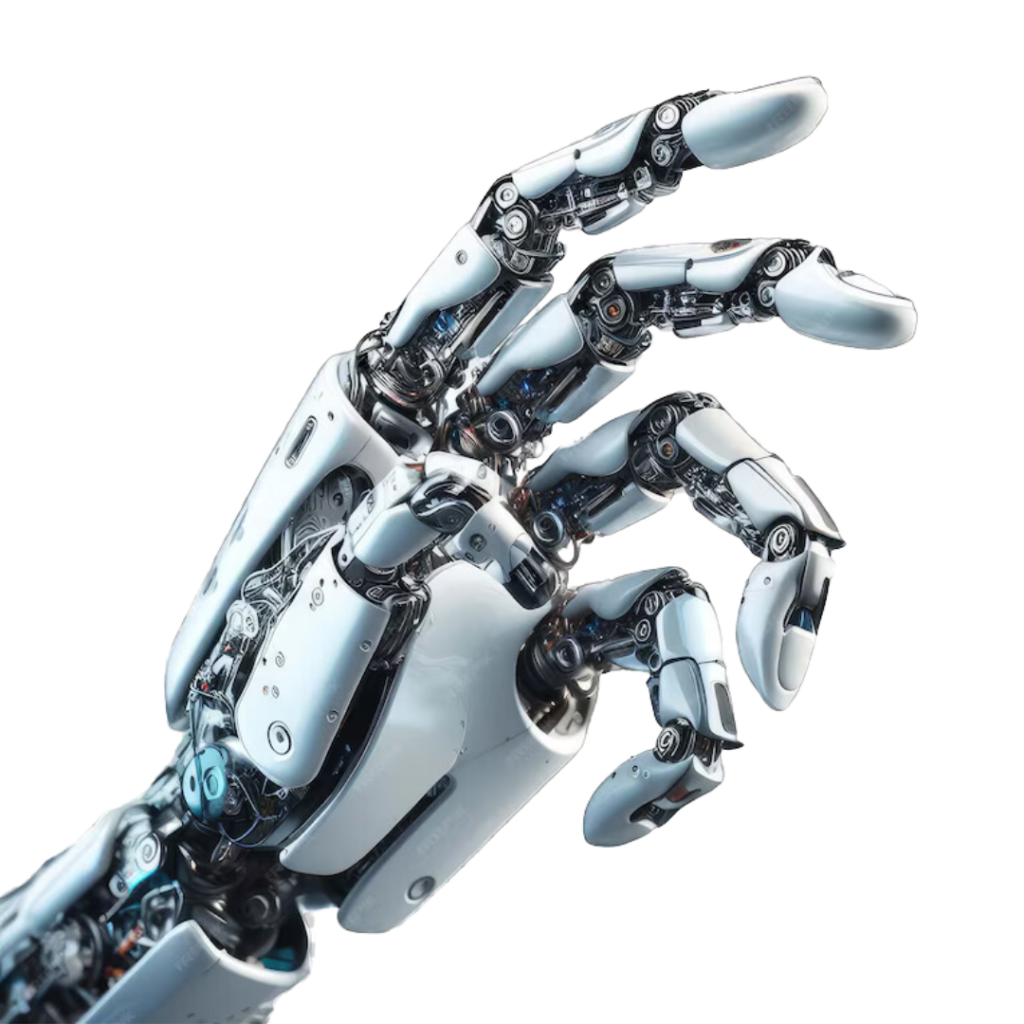Here I have outlined my entire design process. All of these steps are not necessary for every project, and your project may already be at a later stage. However, this will give you a general idea of what to expect when working with me.
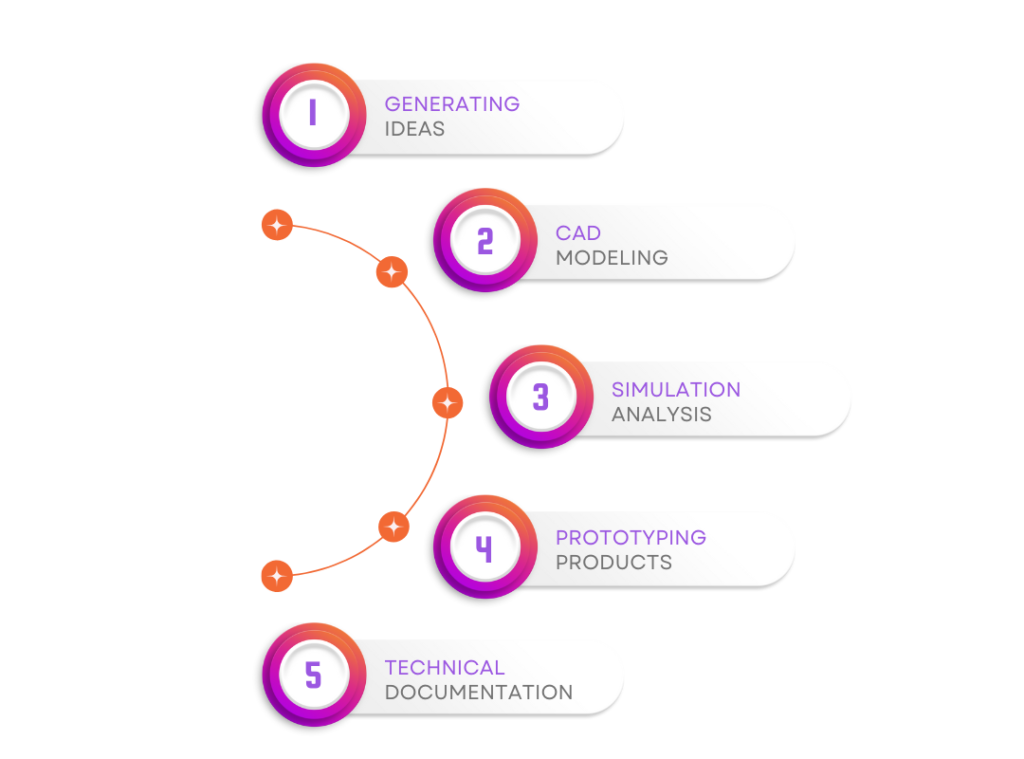
We’ll discuss the product’s purpose and requirements to ensure alignment on project goals.
We’ll explore and evaluate various design solutions to determine the best approach.
I’ll create quick visual representations of the product’s appearance and functionality.
I will develop detailed CAD models, ensuring accuracy for manufacturing and assembly.
I’ll conduct simulations like FEA, CFD and motion analysis to test performance under real conditions.
I’ll refine the design based on prototype testing to enhance functionality and performance.
I’ll create documentation for manufacturing, assembly, or patent applications.
I’ll produce renders and animations for marketing, presentations, or promotional use.
To kickstart the project effectively, we need a clear understanding of your vision and requirements. Providing the following information will help me align with your expectations:
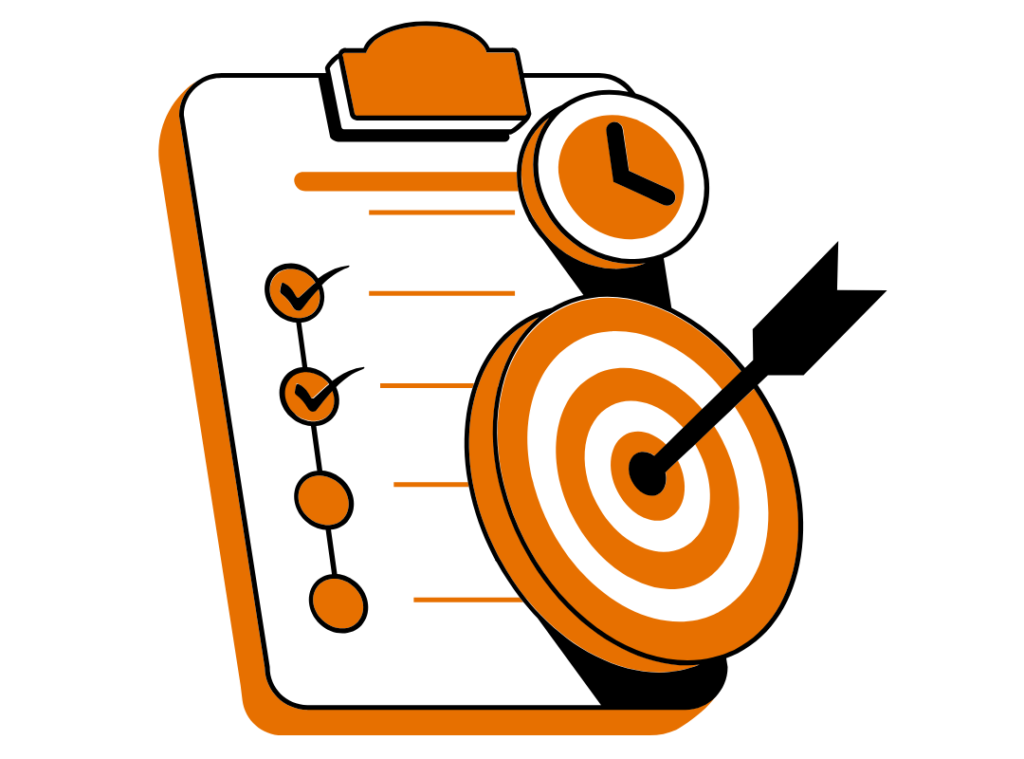
Describe the core idea behind the project and its intended purpose. What are the primary objectives? Who is the target audience?
If you have any reference materials, such as images or videos, that represent the style, mood, or design you envision, please share them. Visuals help us capture your preferences more accurately.
Provide any specific details, including dimensions, preferred materials, or design preferences. These details help us tailor the project to your exact needs.
Before we begin, I recommend scheduling an initial meeting. This discussion allows us to dive deeper into the project scope, clarify requirements, and set clear expectations for deliverables.
At this stage, we are open to exploring various ideas. The goal is to identify the most effective approach for the product’s functionality. Below are the steps we will take to gather insights and refine our ideas:
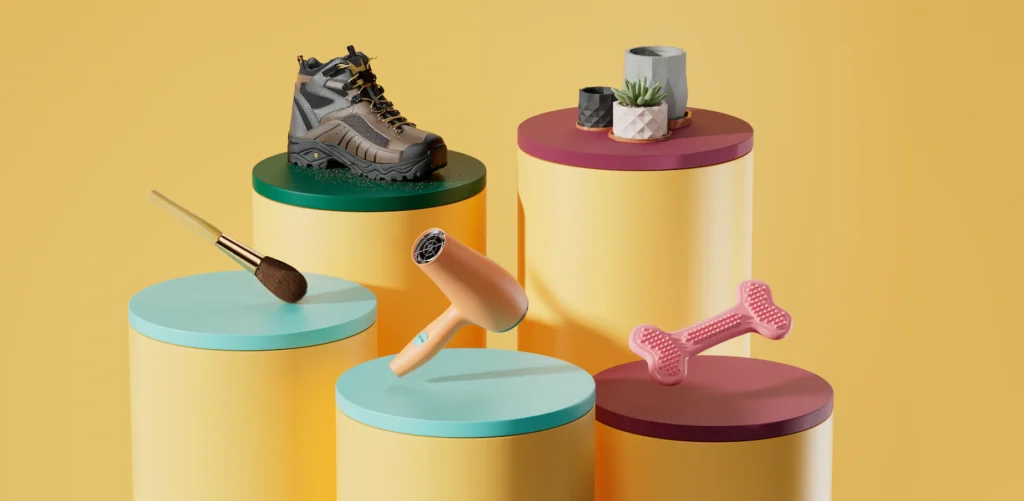
This research helps us ensure that our ideas are relevant, competitive, and cater to the target audience's needs.
Examining similar products will help us understand what works well and where improvements can be made.
We'll focus on the core functionality of the product—how it should perform and the user experience it should deliver.
This approach accelerates the design process and facilitates valuable feedback.
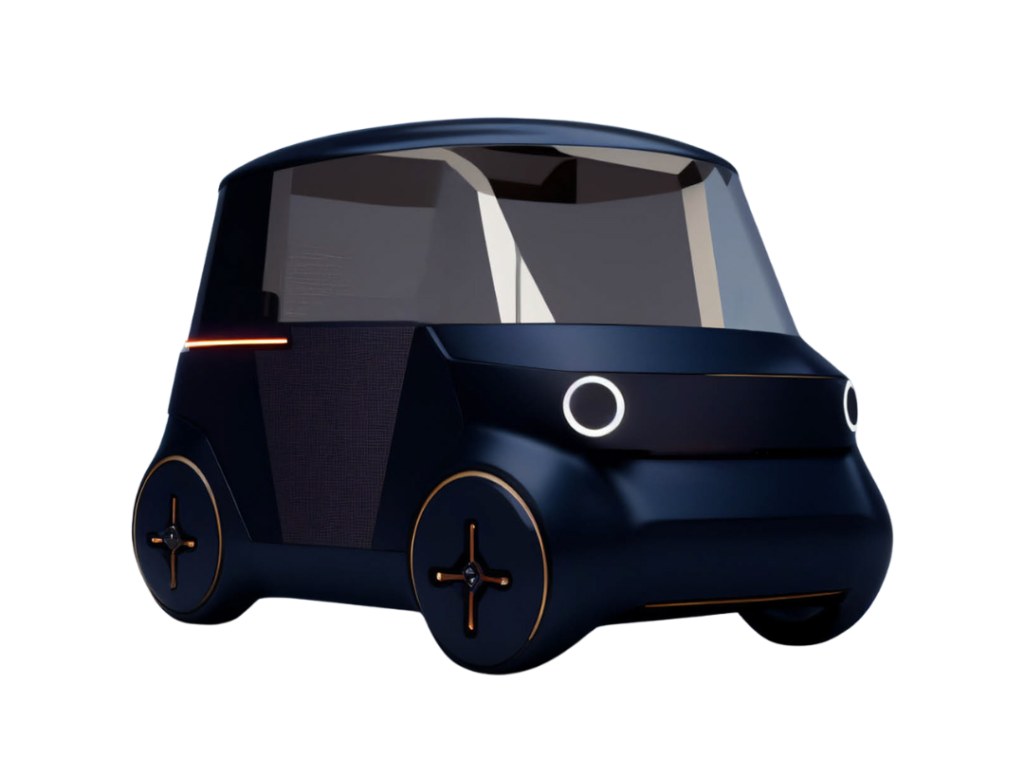
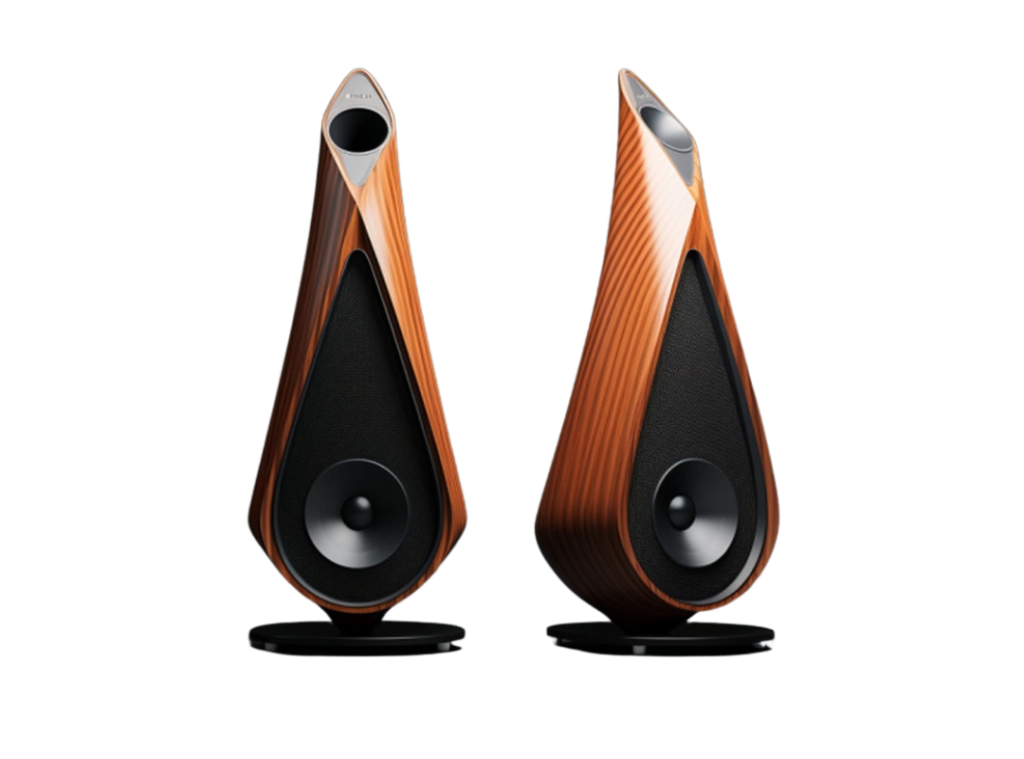
The aim is to create clear, impactful visuals that effectively communicate the project's potential.
Using Blender, we can develop general 3D visualizations to explore the concept. While precise dimensions may not be applied initially, these models help quickly translate abstract ideas into a tangible form.
Leveraging AI image generation platforms, we can gather inspiration and explore creative possibilities. These AI-generated concepts serve as a foundation for refining the design further in 3D software like Blender.
SolidWorks is my preferred choice for CAD modeling due to its popularity, accessibility, and versatility. It allows for the creation of precise and complex designs while offering flexibility in file exports.
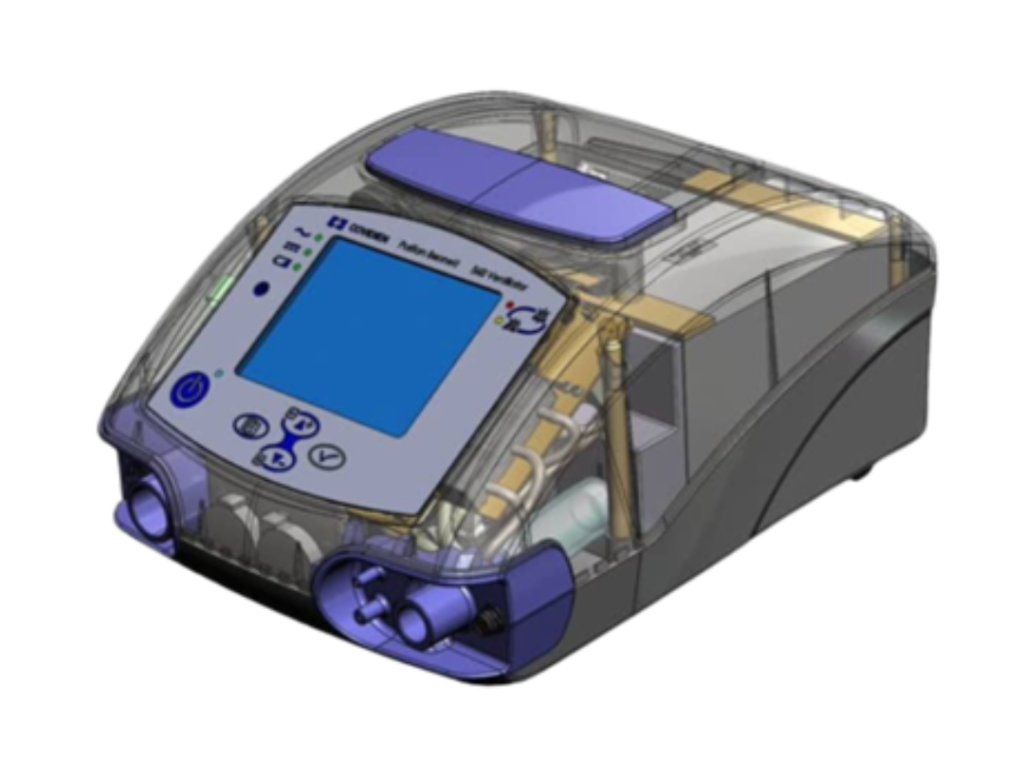
Best suited for mechanical parts and assemblies that require robust, precise geometry, such as devices with internal components.

Ideal for creating smooth, organic shapes often found in consumer products like computer mice or automotive components.

Used to design structural elements, metal enclosures, and assemblies that require fabrication through cutting, bending, or welding.
Design simulation allows us to predict and analyze the behavior of products under various conditions before physical prototyping. It helps optimize designs, reduce material costs, and ensure safety and efficiency.
FEA is used to simulate and analyze the structural strength and behavior of components under forces, stress, and deformation. It's valuable for optimizing designs and identifying potential failure points.
CFD analyzes fluid flow, heat transfer, and aerodynamics. It helps improve performance in systems involving gases or liquids, such as ventilation systems, engines, or cooling devices.
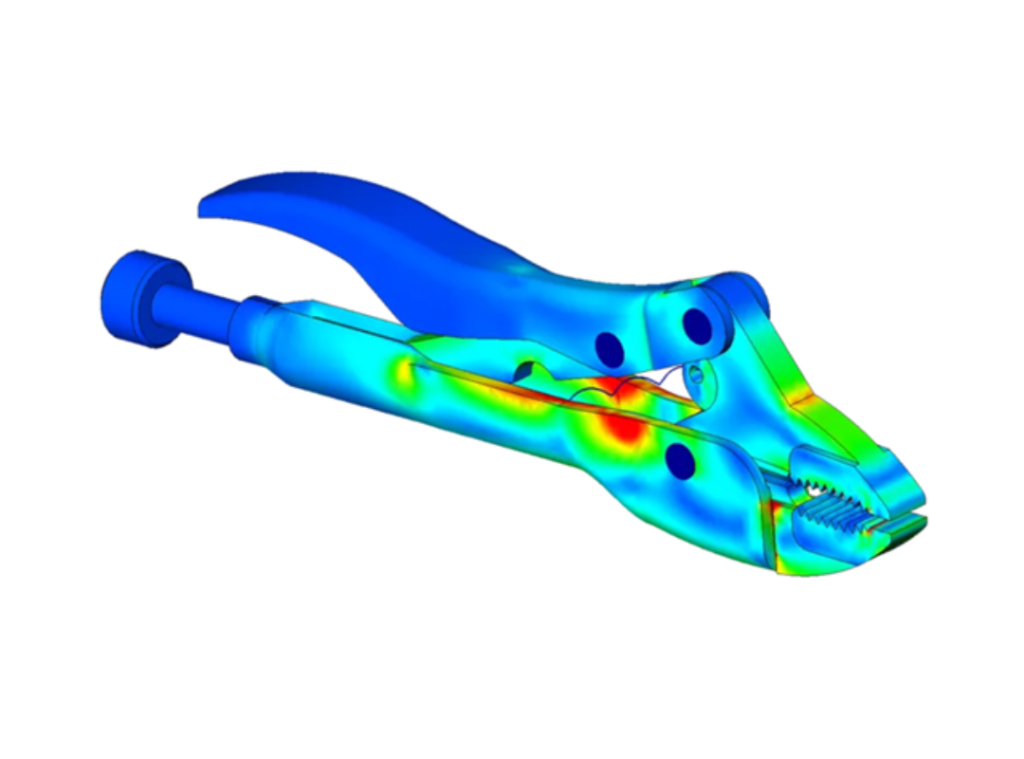
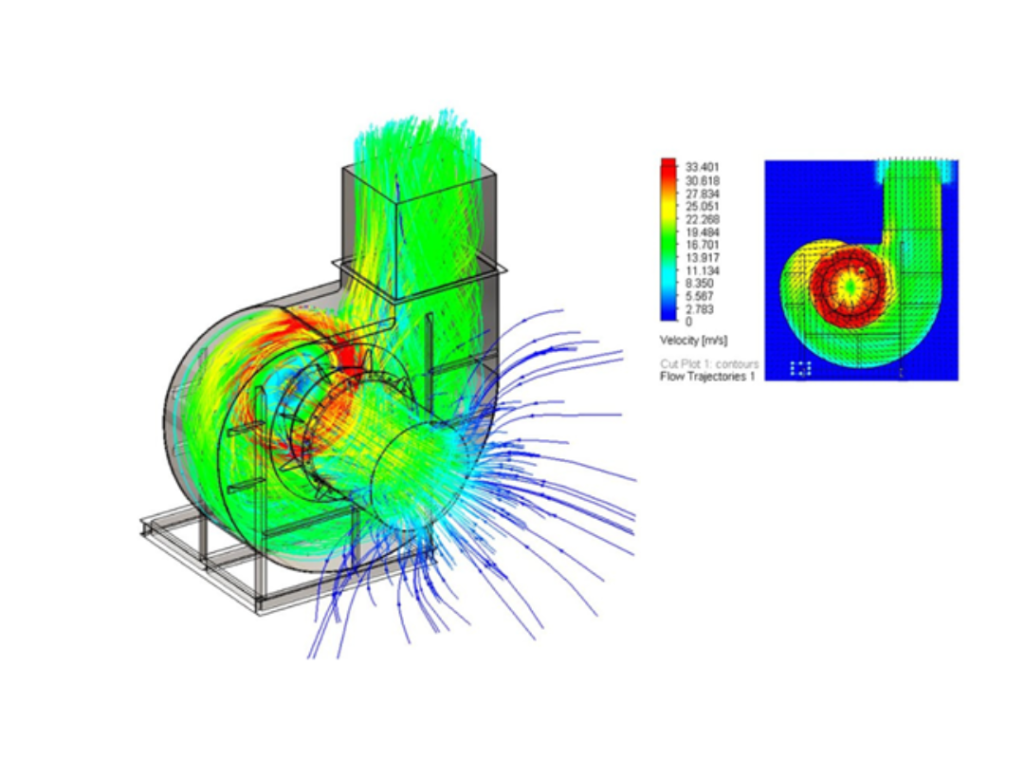
The most common and accessible method for prototyping a product is 3D printing. I provide print-ready files, making it easy for you to bring your designs to life. If you don’t have access to a 3D printer, you can conveniently use printing services from professional printing farms.
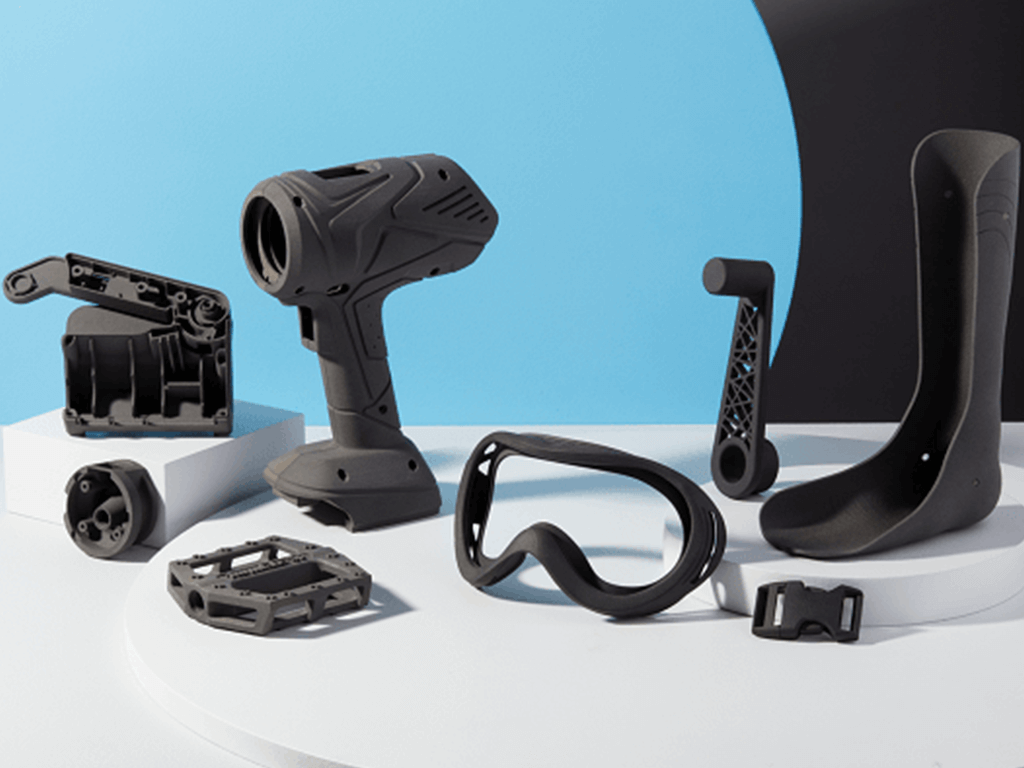
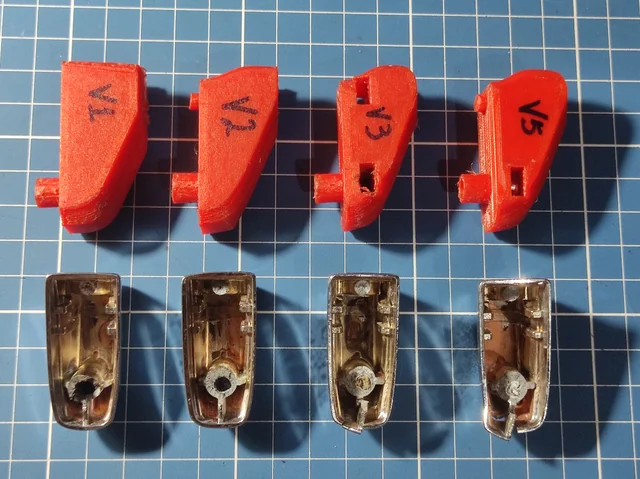
After testing the prototype, we will do design iterations to refine and improve the product. Based on the information from prototypes, adjustments are made to the design to optimize functionality, aesthetics, and user experience. This iterative process may involve modifying dimensions, materials, or design features until the product meets the desired standards.
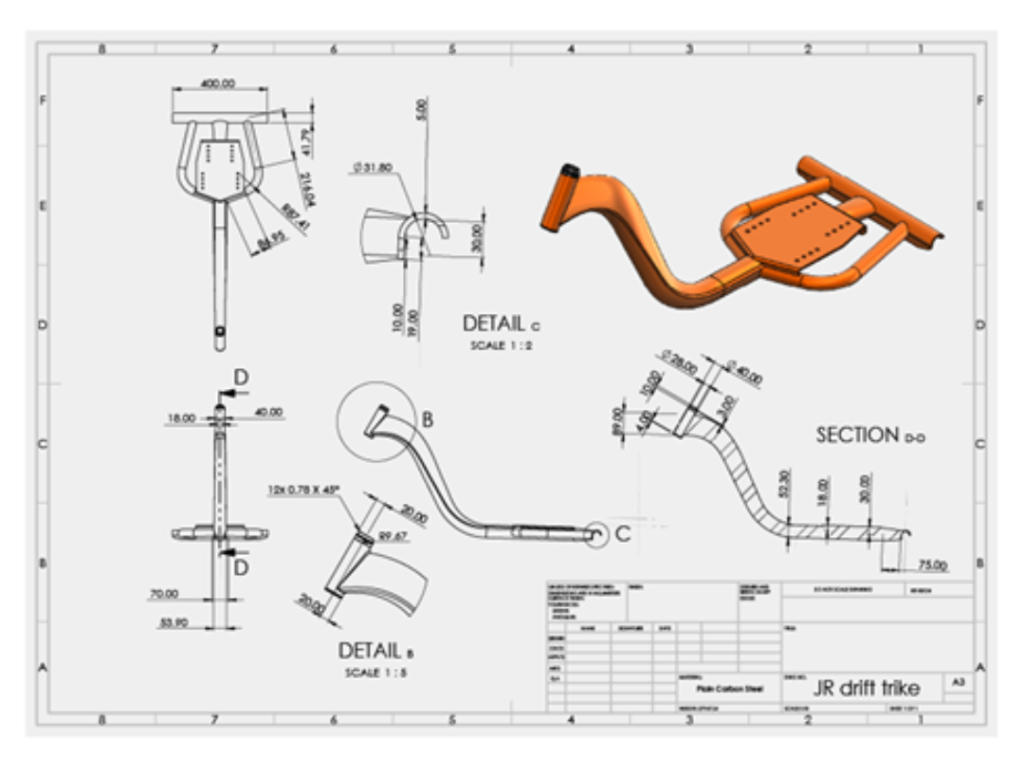
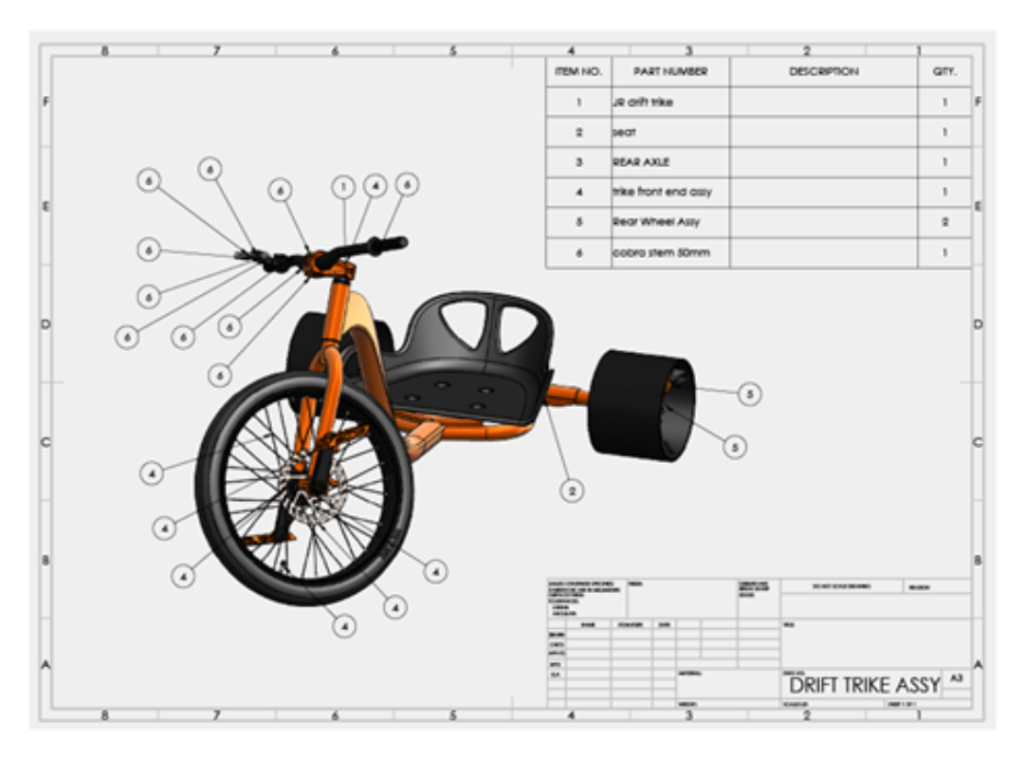
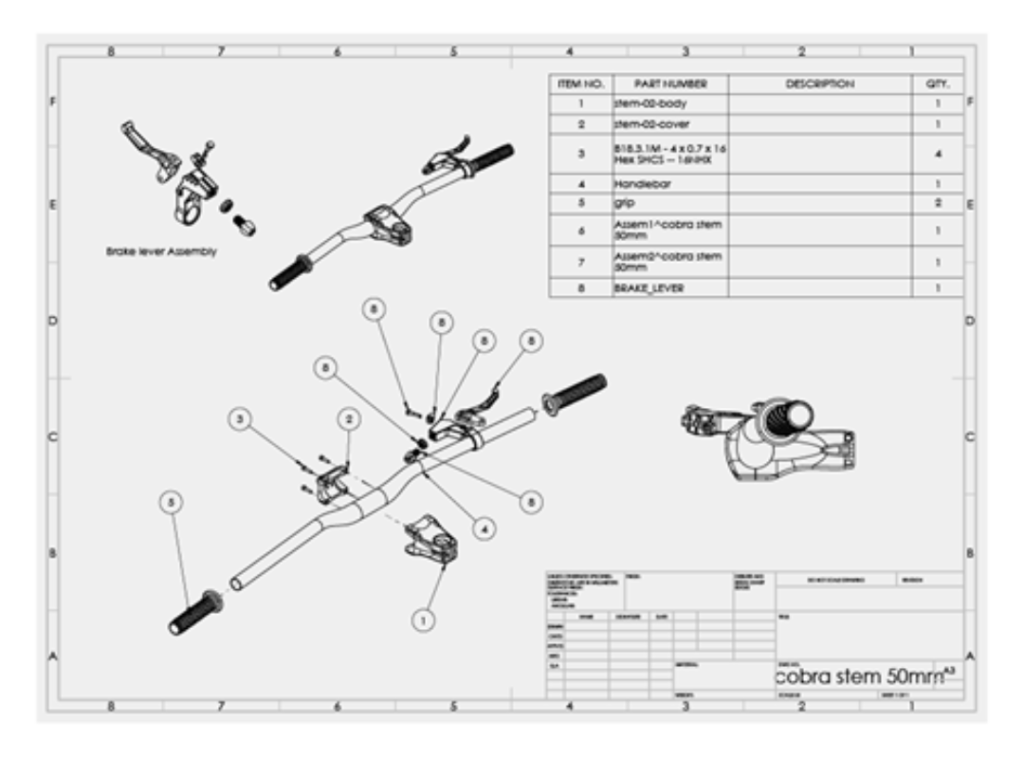
Engineering drawings for manufacturing provide detailed specifications, dimensions, and tolerances required to produce individual components.
Assembly drawings show how different parts of a product fit together. These include exploded views, part numbers, and assembly instructions
A cut or parts list includes all the components needed for the product, along with their quantities, material specifications, and reference numbers.
Product and process renderings are high-quality, visually realistic images that will be created to showcase the design, functionality, and aesthetics of a product. These renderings will help to communicate design intent to stakeholders, marketing teams, and customers.

